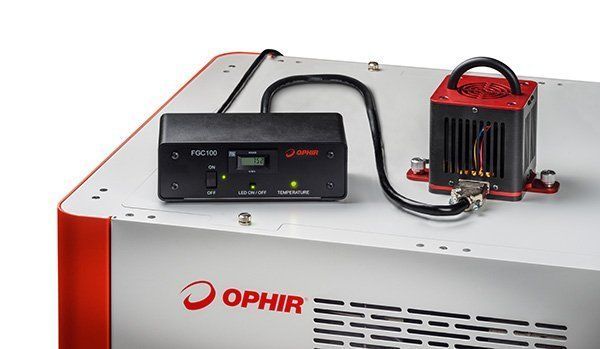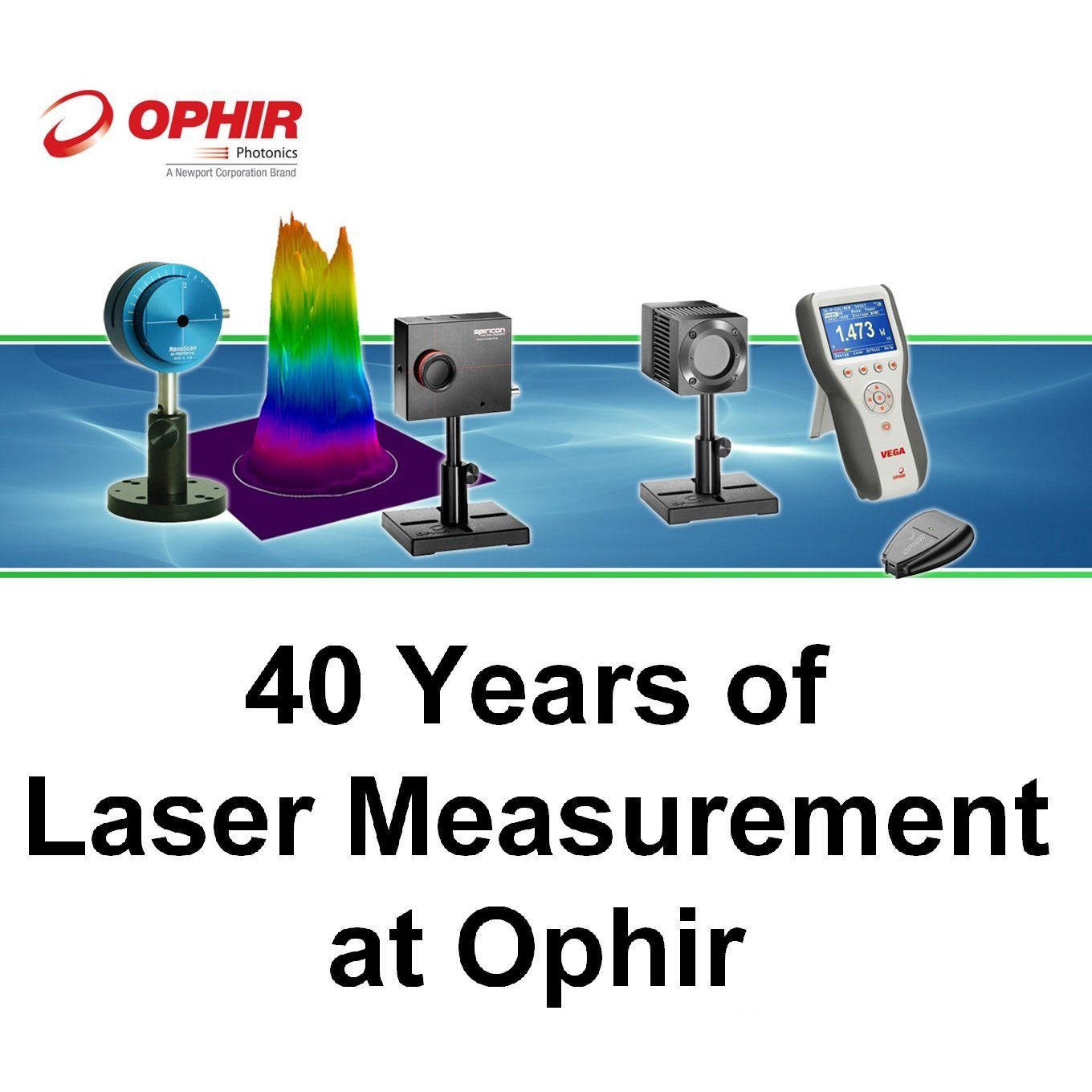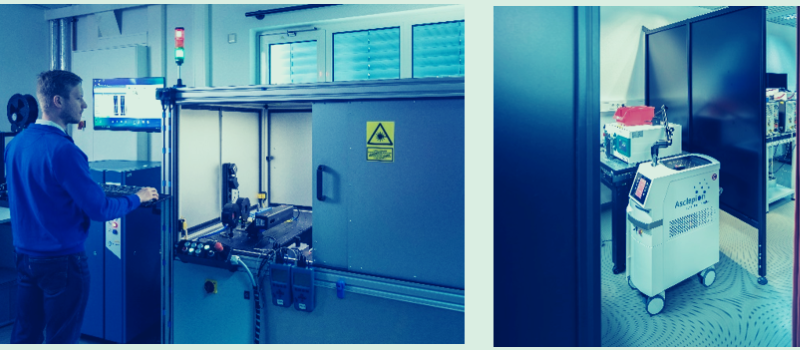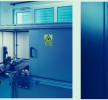The FGC100 LED calibration standard is used to calibrate the FluxGage LED luminaire measurement system.
Radiometric measurement systems have relied on tungsten filament lamps as a calibration standard for years. Why should be FGC100 be any different?
LED is in, Tungsten is out
There are several reasons why FGC100 is different:
- Tungsten lamps for everyday purpose such as general lighting, automotive, etc. are being replaced by LEDs. This means that pretty soon they might be hard to find. So much so, that the international committee on light and color (CIE), recently formed a work group encouraging the development of reliable and traceable LED calibration standards.
- It is always recommended to calibrate a radiometric system with a calibration standard resembling the sources you intend to measure. This minimizes the measurement error due to spectrum mismatch between the calibration standard and the device under test. In other words, if you are going to measure LEDs it’s better to calibrate using an LED.
Should the FGC100 be used only for calibrating the FluxGage system?
The answer is no!
FGC100 is NIST traceable calibration standard and it can be used for any purpose, for example, to calibrate an integrating sphere. Read all about the FGC100 here.













Leave a Reply
Your email address will not be published. Required fields are marked *